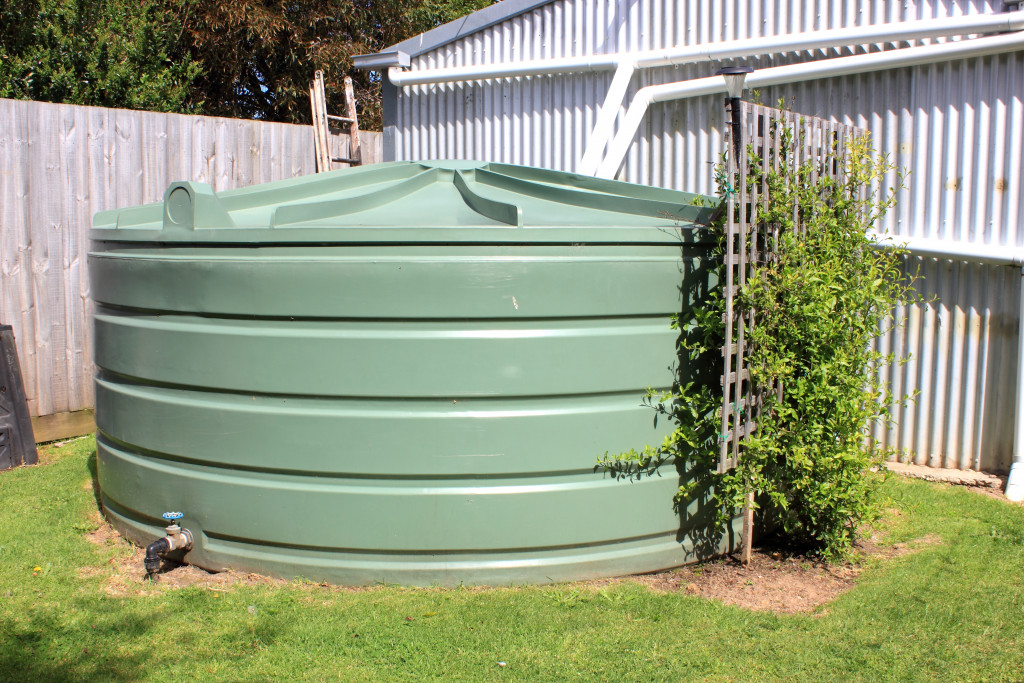- Benefits of an IBC tank for agriculture businesses: easy to install, holds large volumes of water, portable, and cost-effective.
- Choose the right spot for installation. It should be flat, secure, and accessible.
- Installation requires professional help with heavy equipment. You will need to level the tank and stabilize it on concrete blocks.
- The plumbing system should be designed by an agricultural plumber, and the fittings used should provide a tight seal.
- Safety is vital when dealing with IBC tanks, so keep them away from heat sources, excessive weight, vandals, and animals.
As your agriculture business grows, you will need to incorporate a proper water storage system. Storing water is vital to ensure that your crops are receiving enough water and nutrients to grow. The most popular option for storing water in a farm setting is an IBC (Intermediate Bulk Container) tank.
These are large yet portable water tanks that are perfect for every kind of ranch or farm. They are also cost-effective, durable, and can hold up to 1,000 gallons of water. In this blog, you will learn how to set up an IBC tank for your agriculture business.
The Benefits of an IBC Tank
Before you get into setting up an IBC tank, it is essential to understand its benefits. This type of tank is ideal for agriculture businesses because it:
Is easy to install
IBC tanks are much easier to set up and use than traditional water storage systems. They also require minimal maintenance.
Can hold large volumes of water
IBC tanks can hold up to 1,000 gallons of water, more than enough for most farms and ranches.
Is portable
IBC tanks are small enough to be moved around when necessary. This makes it easy for you to transport the tank from one area of your farm or ranch to another.
Is cost-effective
The cost of an IBC tank is much lower than traditional water storage systems. This means that you can easily set up a large water storage system without breaking the bank.
Now that you know all the benefits of an IBC tank, you can start setting one up. Read on to learn about the steps.
Choose the Right Spot
The first step in setting up an IBC tank is to choose the ideal location. The site you select should be flat, secure, and accessible to water sources and your irrigation system. Make sure the spot you choose is significantly further from animal feeding areas to prevent animal waste from getting into the water supply. Once you’ve identified the perfect location, clear it of rocks, vegetation, and debris.
Transport and Install the IBC Tank
The transport and installation of an IBC tank require heavy equipment, so hire a professional to do it. They will help you transport the tank to the designated location and install it with ease. Make sure to level the tank to ensure it doesn’t tip over and stabilize the tank on concrete blocks.
Plumbing

The plumbing system connects your IBC tank to your irrigation system. It would be best to consult with an agricultural plumber to design your plumbing system to avoid costly and time-consuming mistakes. A standard plumbing system includes a pump, pipes, and valves, which help to regulate the flow of water from the tank to your crops.
You must also ensure that the pipes are sealed tight to avoid leaks. This can be achieved by utilizing the correct type of pipe fittings to ensure a tight seal. Using barbed poly pipe fittings, for example, will help you achieve the most secure connection between two pipes. These fittings are made from polyethylene plastic and feature barbs on the interior and exterior of the pipe, providing a tight seal that prevents leaks and ensures maximum flow. The barbs allow for easy installation by hand without needing any tools.
Safety Precautions
Safety is crucial when dealing with IBC tanks. Some safety precautions that should be taken include keeping the tank away from heat sources, avoiding excessive weight on top of the tank, and keeping the tank secure from vandals or animals. It would be best if you also labeled the tank correctly with the contents in it to avoid any accidents.
Regular Maintenance

Like any other equipment, IBC tanks require regular maintenance to function optimally. Inspect valves, hoses, and fittings and ensure they are working correctly. The tank must always be cleaned and disinfected regularly to prevent bacteria and algae growth. Also, regularly monitor the water level in the tank and refill it if necessary.
An IBC tank is ideal for your agriculture business water storage system. It provides a cost-effective, durable, and portable solution that can hold up to 1,000 gallons of water. Setting up an IBC tank requires careful consideration when choosing the right spot and correctly installing plumbing systems.
Additionally, regular maintenance should be done to ensure optimal functioning and prevent accidents due to improper labeling or faulty valves. With these steps in mind, you can set up an efficient and safe IBC tank for your farm or ranch in no time!

